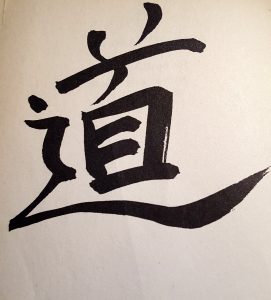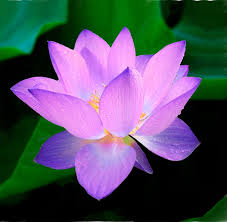 The Tao Te Ching tells us that “Those who would lead wisely must first respect life.” (Dreher, 1996, p. 63). A major principle of the Tao is respect: for ourselves, for one another, for life itself.
The Tao Te Ching tells us that “Those who would lead wisely must first respect life.” (Dreher, 1996, p. 63). A major principle of the Tao is respect: for ourselves, for one another, for life itself.
Since the Tao Te Ching affirms a philosophy of oneness, self and others are intimately connected in a dynamic process. Respect transforms reality, turning fragmented interactions into living relationships, conflicts into creative communication, and lifeless, mechanical systems into dynamic organizations.
As philosopher Martin Buber realized, all of life is relationship. We can relate respectfully—“I-Thou”—or disrespectfully, treating another person as an object—“I-It” (Buber, 1970, p. 53)
Through our daily actions and attitudes, we develop cognitive frames through which we see the world. In one familiar cognitive frame, the mechanistic Theory X model of organizations, leaders perceive their people as objects, replaceable parts (McGregor, 1960). Their “I-It” disrespect is clear in the ease with which they downsize or outsource, undermining many people’s lives in their failure to share information, to listen and learn, to see the people around them not as parts but partners in a creative process.
And since our cognitive frames include ourselves, disrespectful leaders diminish everyone, including themselves. The Tao reminds us to respect ourselves, the process, and the people around us. What is one step you can take to bring more respect into your life today? For even a small step makes a difference—like a ripple on a pond. As the Tao reminds us, “The journey of a thousand miles begins with a single step” (Dreher, 1996, p.42)
You can begin that journey by taking the first step today.
Namaste,
Diane
References
Buber, M. (1970). I and Thou. Trans. W.Kaufman. New York, NY: Scribners.
Dreher, D. E. (1996). The Tao of Personal Leadership. New York, NY: HarperCollins. (Quotes from the Tao Te Ching, chapters 75 and 64)
McGregor, D. (1960). The Human Side of Enterprise. NewYork, NY: McGraw-Hill.










